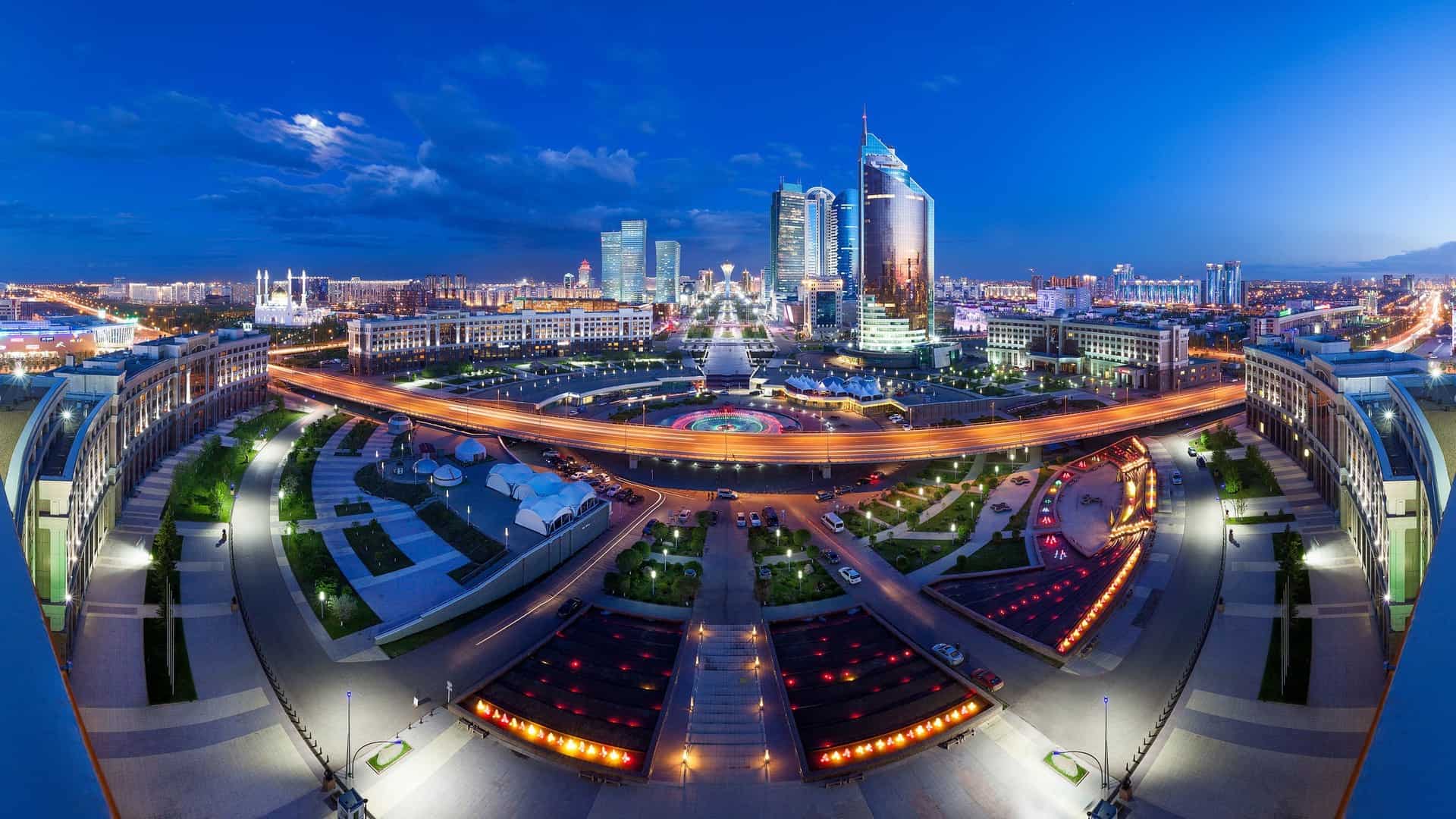ASTANA — Kazakhstan’s tourism revenue increased by 13.4% this year. According to Kazakhstan’s Bureau of National Statistics’ (BNS) October report, the growth is mainly driven by visitors from Russia, Uzbekistan, and Türkiye, contributing to a remarkable 4.1 billion tenge (US$8.4 million) in spending.

Kazakhstan’s tourism revenue increased by 13.4% this year, mainly driven by visitors from Russia, Uzbekistan, and Türkiye. Photo credit: glonasstravel.com
The BNS conducts sample surveys of incoming visitors twice a year — in January and July — at major transit points, including airports, train stations, bus stations and road checkpoints, to assess the costs of goods and services during the winter and summer seasons.
The largest share of spending is attributed to tourists from Russia, comprising 43.8% of total foreign expenditure. Russians spent 1.8 billion tenge (US$3.7 million) in Kazakhstan, an 8.6% increase from 2023. Although Uzbekistan showed a 20% decrease in spending from 2023, it ranked second with 392.8 million tenge (US$801,240). Turkish tourists contributed 299.7 million tenge (US$611,332), a 10.5% annual increase.
Additionally, tourists from the Kyrgyz Republic, China, and Germany contributed significantly to Kazakhstan’s tourism economy. Over the past year, Chinese and German visitors have consistently increased spending.
Regional financial impact of tourism
Almaty, Kazakhstan’s largest city and a gateway to popular mountain resorts received the highest share of tourist spending, accounting for 21.5% of the total. This aligns with Almaty’s status as a top destination for foreign visitors, which, according to a BNS September report covering the period from January to June, hosted 26.7% of all foreign tourists in the country’s accommodation facilities.
Approximately 19.3% of total tourism expenditure is recorded in Astana. Meanwhile, northern regions, including North Kazakhstan, Pavlodar and Abai, received the lowest share of spending, reflecting lower tourist interest in these areas.
Spending breakdown: Transportation, dining and shopping
This year’s most significant expense category for foreign visitors was transportation, representing 48.8% of total spending, including international plane, train and bus tickets. Dining expenses ranked second, with tourists spending 699.7 million tenge (US$1.43 million), or 17% of the total, in cafes, restaurants and food purchases. Shopping also accounted for a significant portion of expenditure, with visitors spending 507.8 million tenge (US$1.036 million) on retail purchases — a modest 2.1% increase from 2023.
Accommodation trends among foreign visitors
Accommodation was the fourth-largest expense, totaling 506.3 million tenge (US$1.03 million). The relatively low spending on hotels suggests that many visitors opt for alternative accommodations. In a BNS survey, 50.2% of respondents reported staying with relatives or friends, while another 20.4% rented apartments. Only 29.4% of tourists stayed in hotels, recreational centers or sanatoriums during their trips.
Differences in spending by country of origin
Spending patterns varied significantly based on the tourists’ home country. Visitors from neighboring countries such as Russia and Uzbekistan tended to spend less on transportation and more on dining and gift shopping. Russian tourists allocated 20.5% of their expenses to dining, while Uzbek visitors allocated 24.6%.
In contrast, tourists from distant countries, such as the United States and Germany, spent more on transportation. For example, U.S. visitors allocated 74.4% of their expenditures to air travel, while German and United Arab Emirates (UAE) tourists spent 62.7% and 68.1%, respectively, on transportation. These visitors spent comparatively less on shopping, with Americans and Emiratis allocating 4.5% and 7.7% of their budgets, respectively, to retail purchases.
The article was originally published on finprom.


